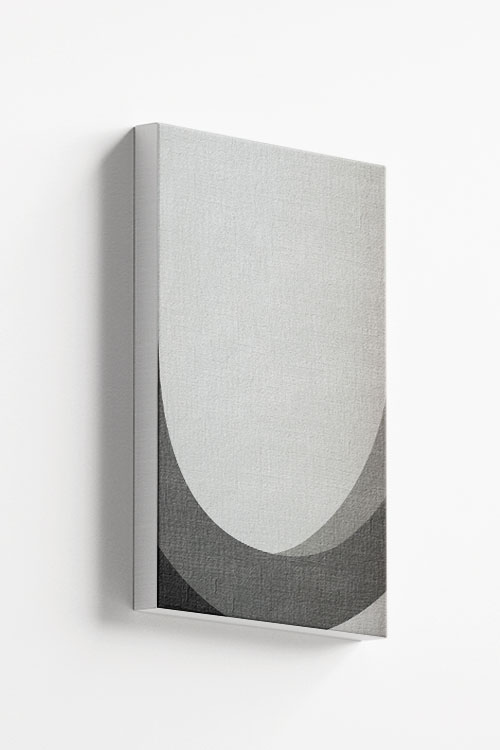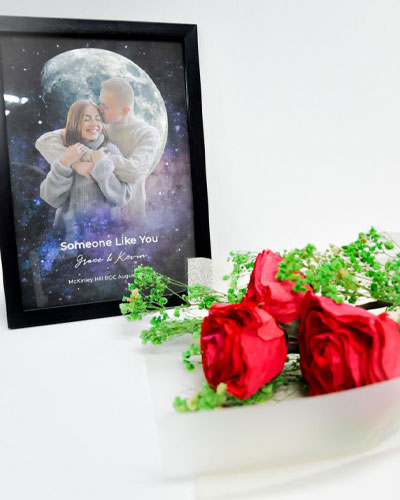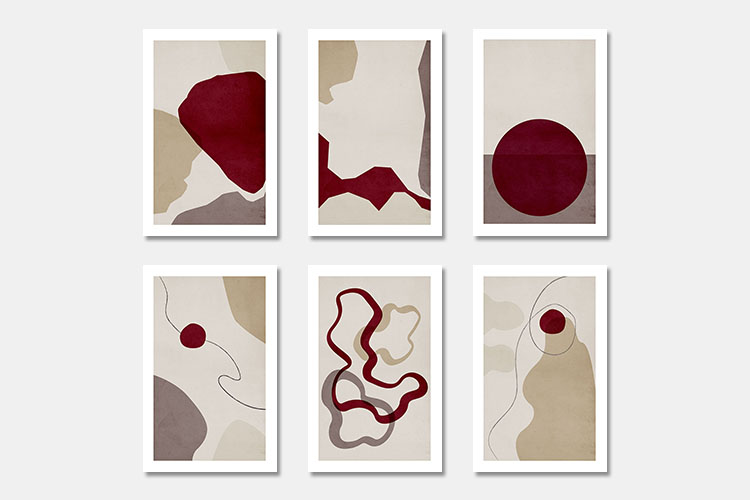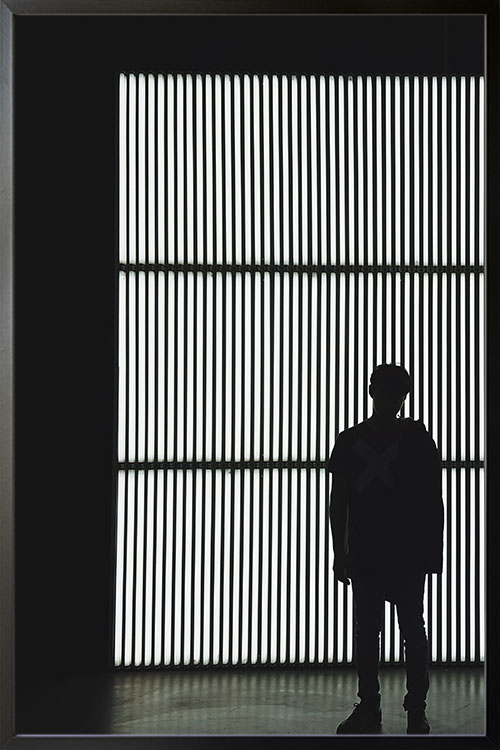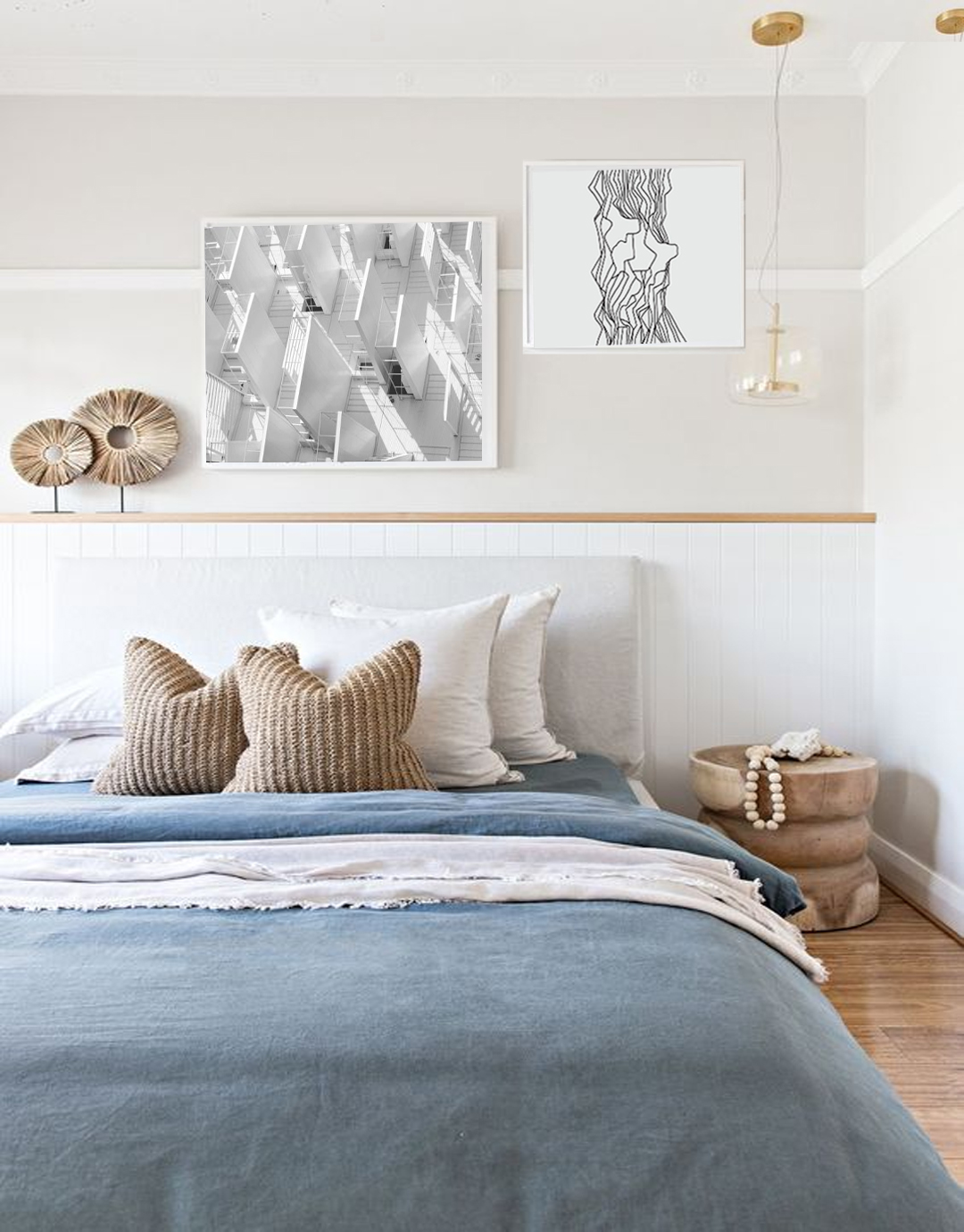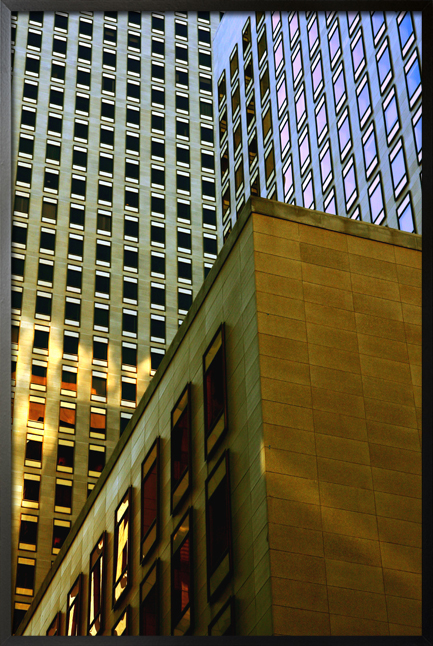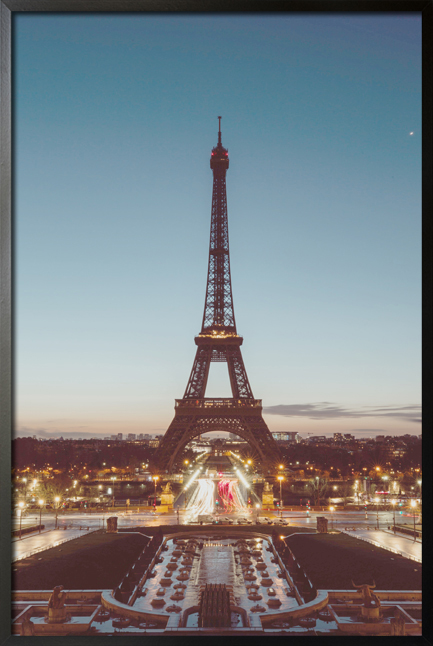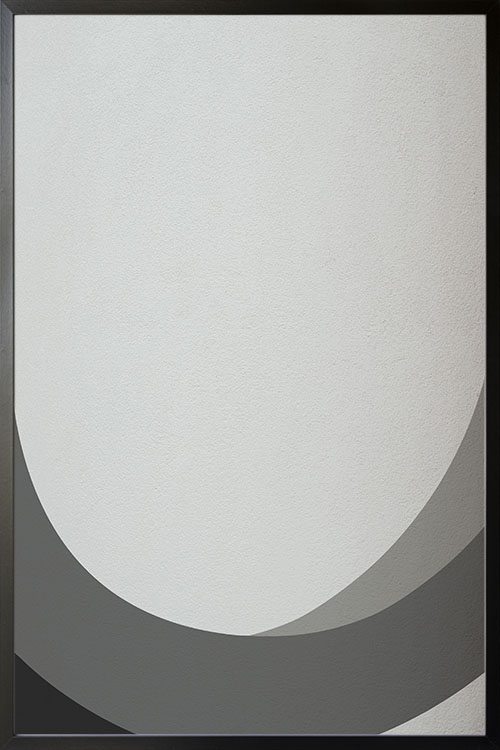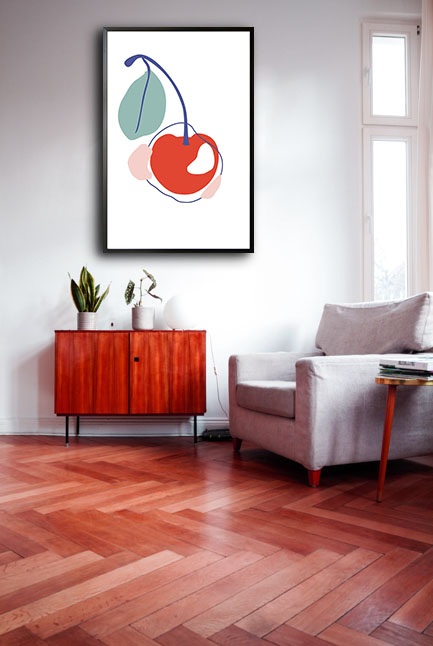
It seems like Scandinavian Design is taking the world like a storm. From the design of the furniture to the overall appearance of homes, the design style has been employed by many homeowners and designers. Not only that the style is about beauty, but the Scandinavian design style is also about functionality. Read on to learn more about Scandinavian design, its origins, and its characteristics.
A brief history of the Scandinavian design
Scandinavian design is the name of the movement that is composed of designers, products, and companies. The design style is characterized by simplicity, minimalism, and functionality This emerged at the start of the 20th century that was developed in the 1950s from the Scandinavian countries, Denmark, Finland, Iceland, Norway, and Sweden.
During the period between the two World Wars, European designers shared similar interests in modernity and innovation in design. As such, they created a new trend where the outcomes are the results of new industrial technologies.
With the emergence of creativity and industrialization, the Scandinavian design focused more on the creation of shapes with delicate profiles, slight inclinations, and curves in creating light, soft, and flowing features.
Since 1930, many individuals have contributed a lot to the development of the movement. The popular names behind the success of the Scandinavian design style are Alvar Aalto, Arne Jacobsen, Borge Mogensen, Hans J. Wegner, Verner Panton, Poul Henningsen, and Maija Isola. They played significant roles in creating the “golden period of Scandinavian design.”
The Scandinavian design is not limited to furniture, interior design, and household products. The concept is also applied to consumer electronics, mobile phones, and automobiles. It is common to see lighter colors, simple forms, and open-plan spaces. Rooms may also have multi-purposes. For example, the appearance of the dining room may not only be used for special events and family dinners. The open-plan and flexible spaces could give the dining room other activities other than the ones already mentioned.
Characteristics of Scandinavian design
To summarize what Scandinavian design is all about, it can be described in two words: minimalism and functionality. Below are the characteristics of the Scandinavian design that you can use in your homes:
- White walls – this can be the starting point of Scandinavian style, simple and clean.
- Neutral color palette – achieve the Scandinavian look with shades of white, gray, and black. These three colors are important for creating a cohesive and minimalist look.
- Pops of color – adding a colorful decor or two can still create a Scandinavian style making it more fun and exciting.
- Natural materials – Scandinavians are very much inclined with nature and as such, natural materials are common in the design style. Examples are wood, stone, concrete, tile, brick, plants, and others.
- Simple and non-fussy layouts – Scandinavian homes also are simple, clutter-free, and have cohesive interiors that emphasize elegant minimalist aesthetics.
Final thoughts
As people stay in their homes more these days, it is no surprise that the Scandinavian design style is dominating the construction and design industries. It has a natural beauty that has a significant impact on the total well-being of the person.
